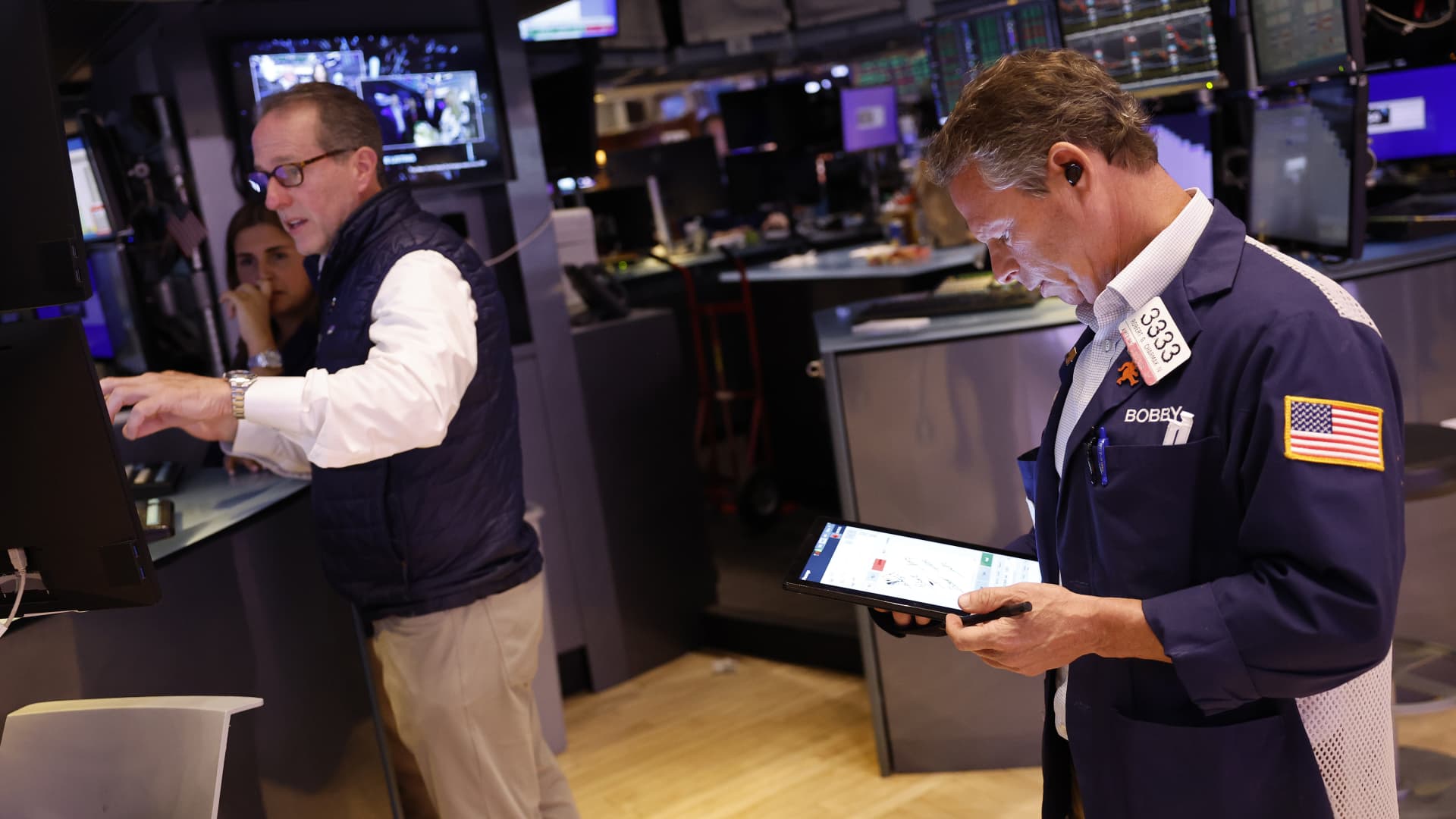A tip from the charting pros for navigating this difficult market

With the market in the process of potentially reversing a long trend, ultra-extreme traders on both sides become even louder. I’ll review a tactic used by technical analysts to cut through the noise and gain some clarity on what can be some confusing stock charts. From a chart perspective, bullish formations sometimes just make more sense to some people. And when breakouts are working (like they were from November through March), this view gets reinforced daily. Conversely, permabears never buy into an advancing market. Again, keeping this discussion related to charts only, they constantly are looking for reversal opportunities even in the strongest uptrends. Ultimately, permabulls and permabears are right when the market is going their way and very wrong when it’s not. Currently, the S & P 500 just endured four 1% declines in a month for the first time since last October (5). With this coming after a near 30% advance in less than six months, it’s clear the market’s character changed in April. The index’s 20-day moving average has undercut the 50-day moving average for the first time since November, and there’s a noticeable potential three-month topping pattern in play, as well. Altogether, this is how all of it appears on the S & P 500’s daily chart. These all are negative developments that suggest more weakness could arrive, but as just discussed, some traders simply are more keen on seeing bullish patterns. One way to guard against this is to simply to turn your chart upside down. Turn the chart upside down For those who use Stockcharts.com, this can be done for any chart simply by typing the minus-sign before the symbol – in this case “-$SPX.” In doing this, here’s what we get: a potential three-month basing pattern. The 20-day moving average just crossed above the 50-day moving average, and both lines have started to curl higher. In other words, this would be considered a bullish scenario. To drive this point home further, the upside-down version of the current S & P 500 looks a lot like… the S & P 500 (right-side-up) from last fall, as the index was coming back from the August-October correction. Here’s a picture of the biggest bullish pattern from 2023, which was triggered soon after the 20-day moving average crossed over the 50-day moving average. The bottom line is that the market has entered a new phase after going straight up through March. Successful bullish patterns were a major part of that. Seeing how well bearish patterns play out now will tell us a lot about the market’s character. And for those who are comfortable in looking for breakouts instead, flipping the chart upside down would be a big help. -Frank Cappelleri Founder: https://cappthesis.com DISCLOSURES: (None) THE ABOVE CONTENT IS SUBJECT TO OUR TERMS AND CONDITIONS AND PRIVACY POLICY . THIS CONTENT IS PROVIDED FOR INFORMATIONAL PURPOSES ONLY AND DOES NOT CONSITUTE FINANCIAL, INVESTMENT, TAX OR LEGAL ADVICE OR A RECOMMENDATION TO BUY ANY SECURITY OR OTHER FINANCIAL ASSET. THE CONTENT IS GENERAL IN NATURE AND DOES NOT REFLECT ANY INDIVIDUAL’S UNIQUE PERSONAL CIRCUMSTANCES. THE ABOVE CONTENT MIGHT NOT BE SUITABLE FOR YOUR PARTICULAR CIRCUMSTANCES. BEFORE MAKING ANY FINANCIAL DECISIONS, YOU SHOULD STRONGLY CONSIDER SEEKING ADVICE FROM YOUR OWN FINANCIAL OR INVESTMENT ADVISOR. Click here for the full disclaimer.










